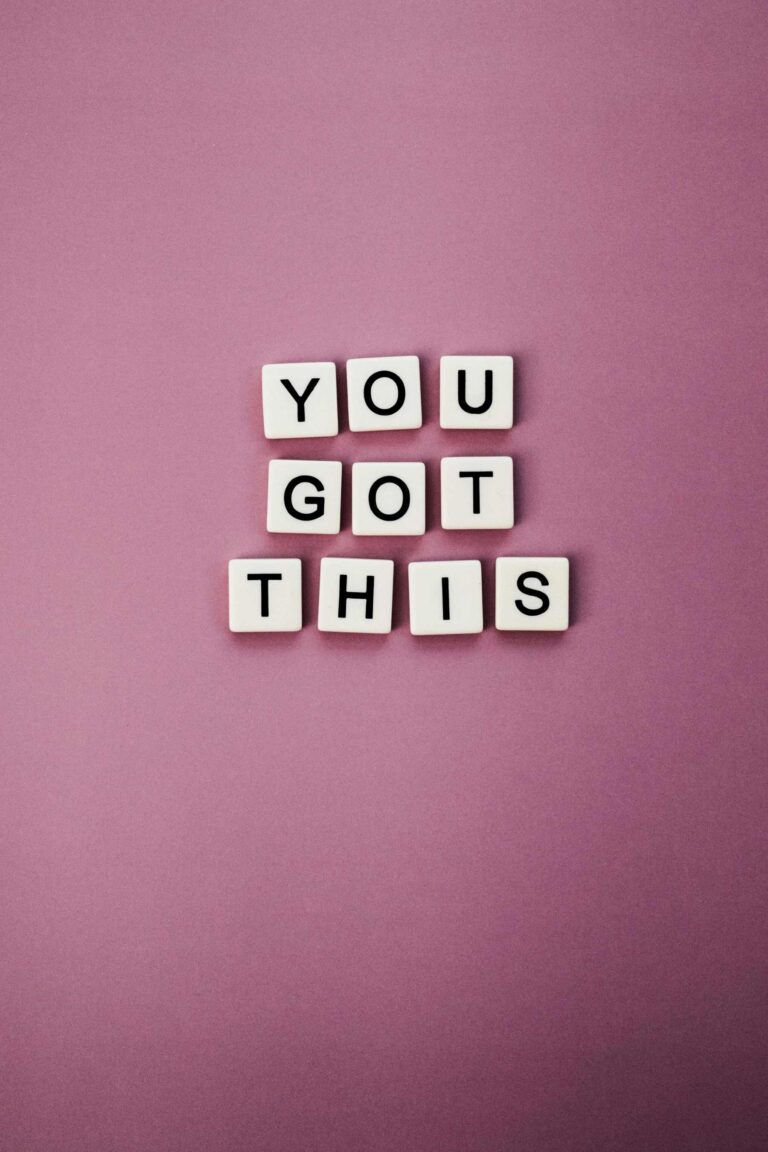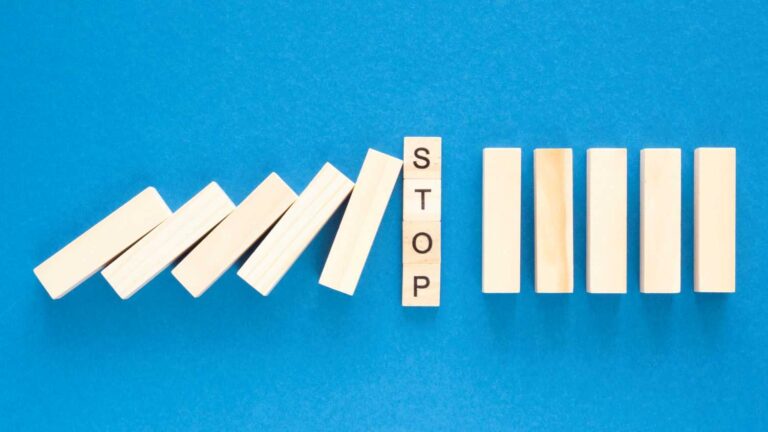The 1% productivity rule: Small changes that create big transformations
You know that feeling when you’re scrolling through social media at 11 PM, promising yourself you’ll be productive tomorrow? Or when you have a massive to-do list but somehow spend three hours “getting ready” to start?
Yeah. We’ve all been there.
Here’s the thing – you’re not lazy, undisciplined, or broken. You’re just trying to change too much, too fast.
Real productivity isn’t built on massive overhauls or perfect morning routines. It’s built on tiny improvements that compound over time.
That’s the 1% productivity rule. Instead of waiting for motivation to strike or trying to transform your entire life overnight, you focus on getting just 1% better each day.
Sounds almost too simple, right?
The things is that those tiny 1% improvements are actually WAY more powerful than occasional massive changes. By the end of this article, you’ll understand exactly why this approach destroys procrastination, how the math of compounding works in your favor, and most importantly – how to start using it today.
Why the 1% rule works (and why big changes fail)
If you improve by just 1% every single day for a year, you don’t end up slightly better. You end up completely transformed.
That tiny daily improvement? It doesn’t add up – it multiplies. By year’s end, you’re not the same person who started. You’re operating at a completely different level.
But here’s the scary part – if you get just 1% worse each day, you end up at nearly nothing by year’s end.
The takeaway? You’re already living the 1% rule. Every day, your habits are either building you up or breaking you down. There’s no standing still. The question isn’t whether you’re changing. You are. The question is: which direction?
For example:
One push-up daily:
- Week 1: You’ve done 7 push-ups total
- Month 1: 30 push-ups total
- Month 3: You naturally start doing 2-3 because one feels too easy
- Month 6: You’re doing 10 push-ups without thinking about it
- Year 1: You’ve built genuine upper body strength and the identity of someone who exercises daily
One page of reading daily:
- Week 1: 7 pages read
- Month 1: 30 pages (you’ve finished a short book)
- Month 6: 180 pages (3-4 books completed)
- Year 1: 365 pages minimum, but most people naturally read more once they build the habit
One small self-development action daily:
- Week 1: 7 moments of practicing self-compassion instead of self-criticism
- Month 1: Your inner voice starts shifting without you forcing it
- Month 6: You naturally catch negative self-talk and reframe it
- Year 1: You’ve fundamentally changed how you relate to yourself
The real power isn’t in the math. It’s in the identity shift. Each tiny action is a vote for the person you’re becoming. Do one push-up, and you’re someone who exercises. Read one page, and you’re someone who prioritizes learning. Practice one moment of self-kindness, and you’re someone who treats themselves with respect.
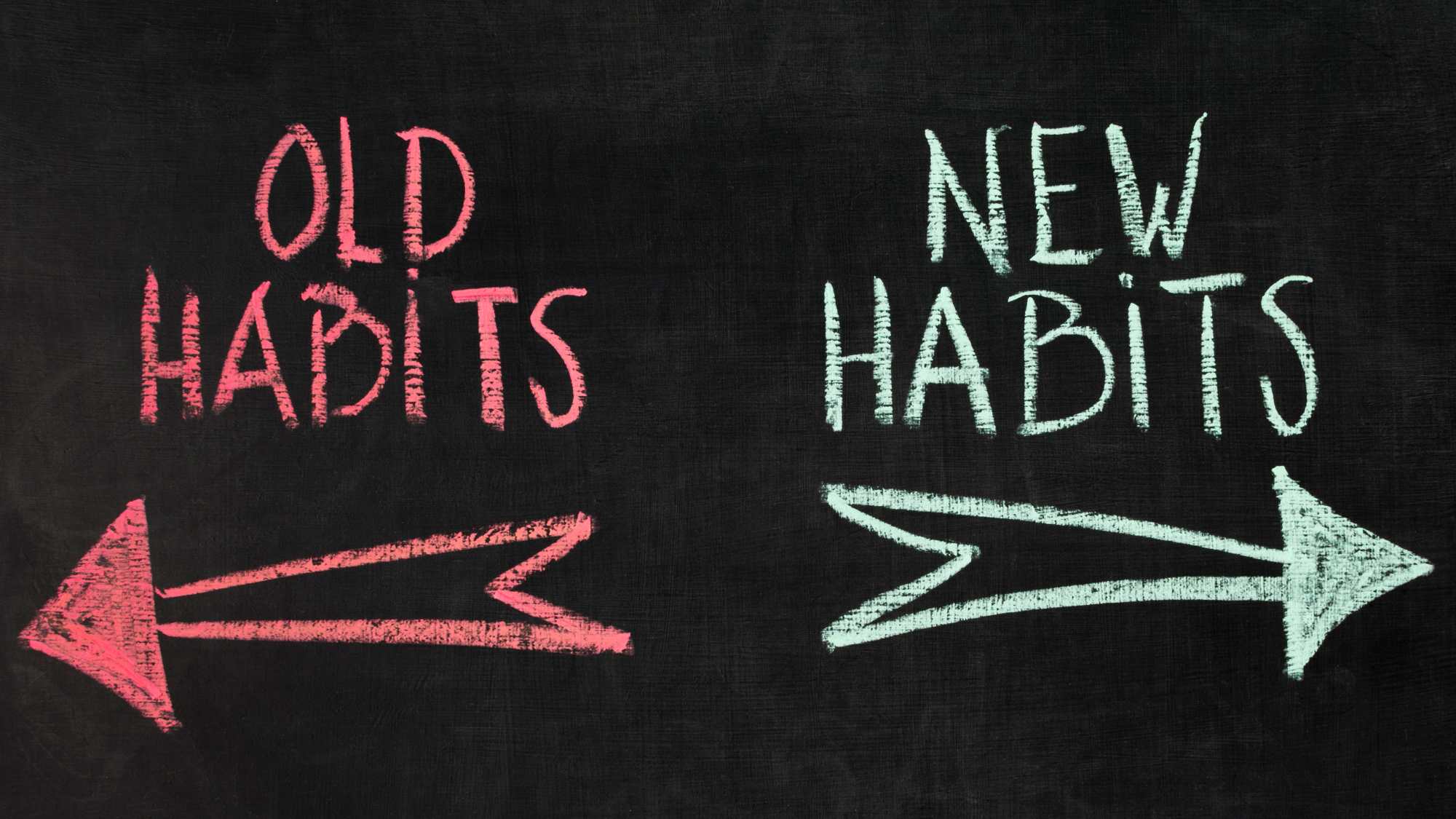
Why procrastination kills your progress (and how to fix it)
Procrastination thrives on all-or-nothing thinking:
- “I’ll start my workout routine on Monday.”
- “I need to find the perfect productivity system first.”
- “I don’t have enough time to do it right, so why bother?”
Here’s what’s really happening: Your brain sees the gap between where you are and where you want to be, and it panics. That gap feels impossible to cross, so it chooses not to start at all.
The 1% rule fixes this because it makes the gap tiny.
Instead of “I need to work out for an hour,” it’s “I need to do 5 push-ups.” Instead of “I need to write a whole blog post,” it’s “I need to write one paragraph.” Instead of “I need to completely organize my life,” it’s “I need to clean one drawer.”
Your brain can handle 1%. It cannot handle 100%.
When the next step feels manageable, procrastination loses its power. You start because starting feels easy. And once you start, momentum takes over. If you want to dive deeper into beating procrastination for good, check out 10 ways to stop procrastinating once and for all.
The mindset shift: Consistency beats intensity
We’ve been programmed to expect dramatic transformations and overnight success. Reality TV shows people losing 20 pounds in a week. Social media shows “overnight successes” that actually took years.
These expectations mess with our heads by making normal, sustainable progress seem inadequate.
The 1% productivity rule requires a complete mindset shift – from valuing intensity to valuing consistency.
Think about how many of us approach productivity – working in sprints of 12-14 hour days, burning out completely, then doing nothing productive for days or weeks afterward. Or jumping from one productivity system to another, always looking for the “perfect” one that will magically solve everything.
The real breakthrough happens when you stop chasing breakthroughs! Instead of searching for the perfect system, what if you focused on making your current one just a little better? Instead of working in unsustainable sprints, what if you showed up consistently every day, even if just for shorter sessions?
Six months of tiny, consistent improvements will create far more sustainable progress than years of on-again, off-again productivity bursts. It’s the difference between a quick diet and changing your eating habits for life.
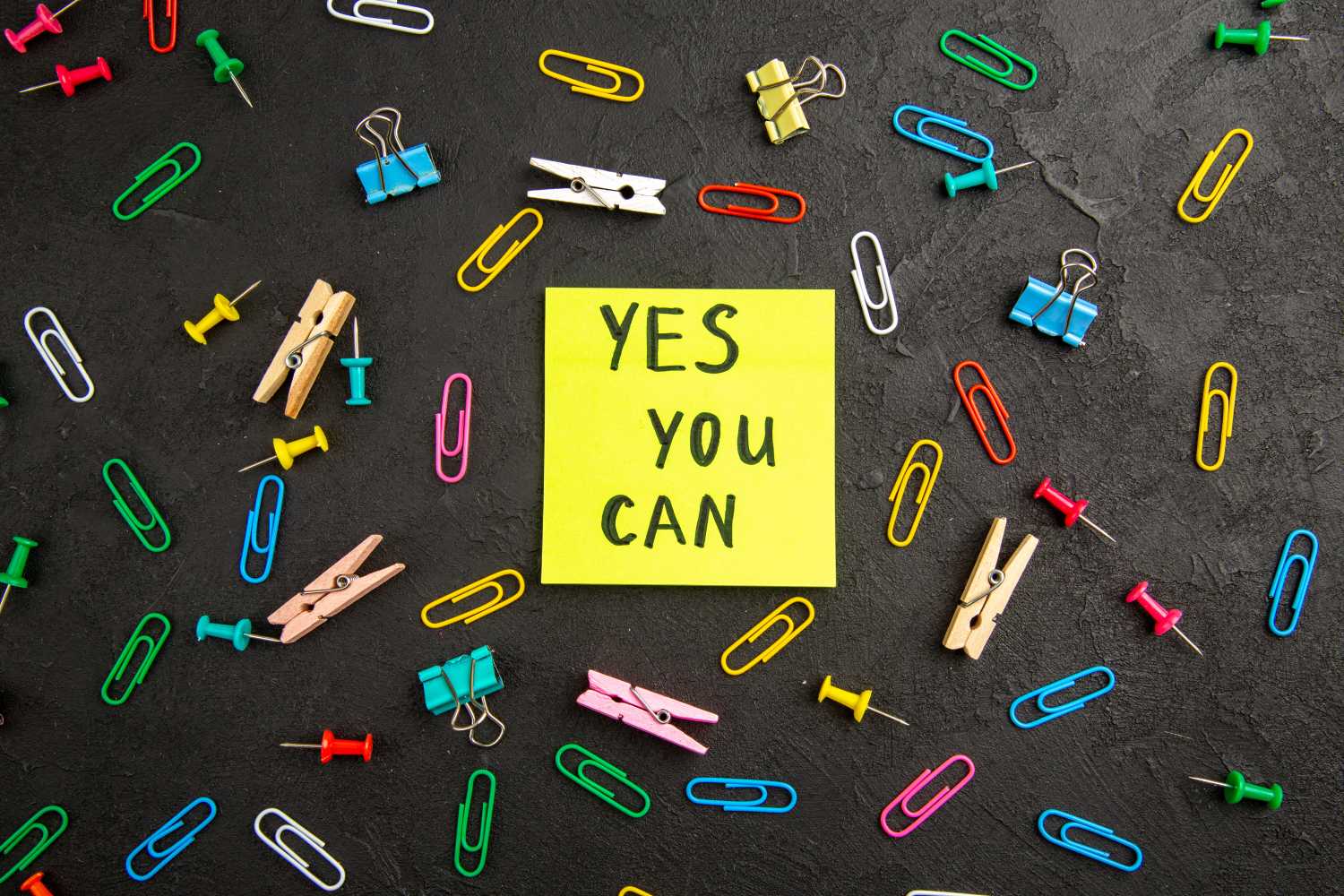
How to apply the 1% productivity rule: 7 practical steps
Ready to stop procrastinating and start building momentum? Here’s exactly how to do it:
1. Start ridiculously small
The biggest mistake people make with productivity? They try to go from zero to hero overnight.
Don’t do this:
- “I’m going to read for 2 hours every day.”
- “I’m going to wake up at 5 AM and meditate for 30 minutes.”
- “I’m going to meal prep every Sunday for 3 hours.”
Do this instead:
- Read one page.
- Meditate for 2 minutes.
- Prepare tomorrow’s breakfast tonight.
The rule: If it takes longer than 5 minutes, make it smaller.
Why this works: Your brain doesn’t resist what feels effortless. Once you build the habit of showing up, you can gradually increase the intensity.
Action step: Pick one area where you’ve been procrastinating. Set a daily goal that takes less than 5 minutes. Start tomorrow.
2. Focus on consistency over intensity
What most people get wrong is that they focus on perfect days instead of consistent days.
Intensity mindset: “I worked out hard for 2 hours today! I’m so disciplined!”
Consistency mindset: “I’ve shown up to move my body every day this week, even if some days were just 5 minutes.”
Guess which one leads to lasting change?
The person who does 10 push-ups every day for a year will be in better shape than the person who does an intense 2-hour workout once a week.
Why consistency wins: Every time you follow through on a commitment to yourself, you’re building evidence that you’re someone who keeps promises to themselves. That’s how identity change happens.
Action step: Get a calendar or habit tracker. Your only job is to mark an X every day you complete your 1% improvement and then watch your chain grow.
3. Break overwhelming tasks into micro-steps
Procrastination often comes from seeing a task as one giant, terrifying mountain.
The fix: Break it into steps so small they feel almost silly.
Example: Writing a work presentation
- Step 1: Open PowerPoint.
- Step 2: Create title slide
- Step 3: Brain dump 5 key points.
- Step 4: Expand first point into 2 sentences.
- Step 5: Find one relevant image.
Each step takes 2-5 minutes max.
Why this works: Starting is the hardest part. Once you open PowerPoint, your brain shifts into “task mode.” Momentum builds naturally.
The magic question: “What’s the smallest next step I can take right now?”
Action step: Think of one project you’ve been avoiding. Break it into 5 micro-steps. Do step 1 today.
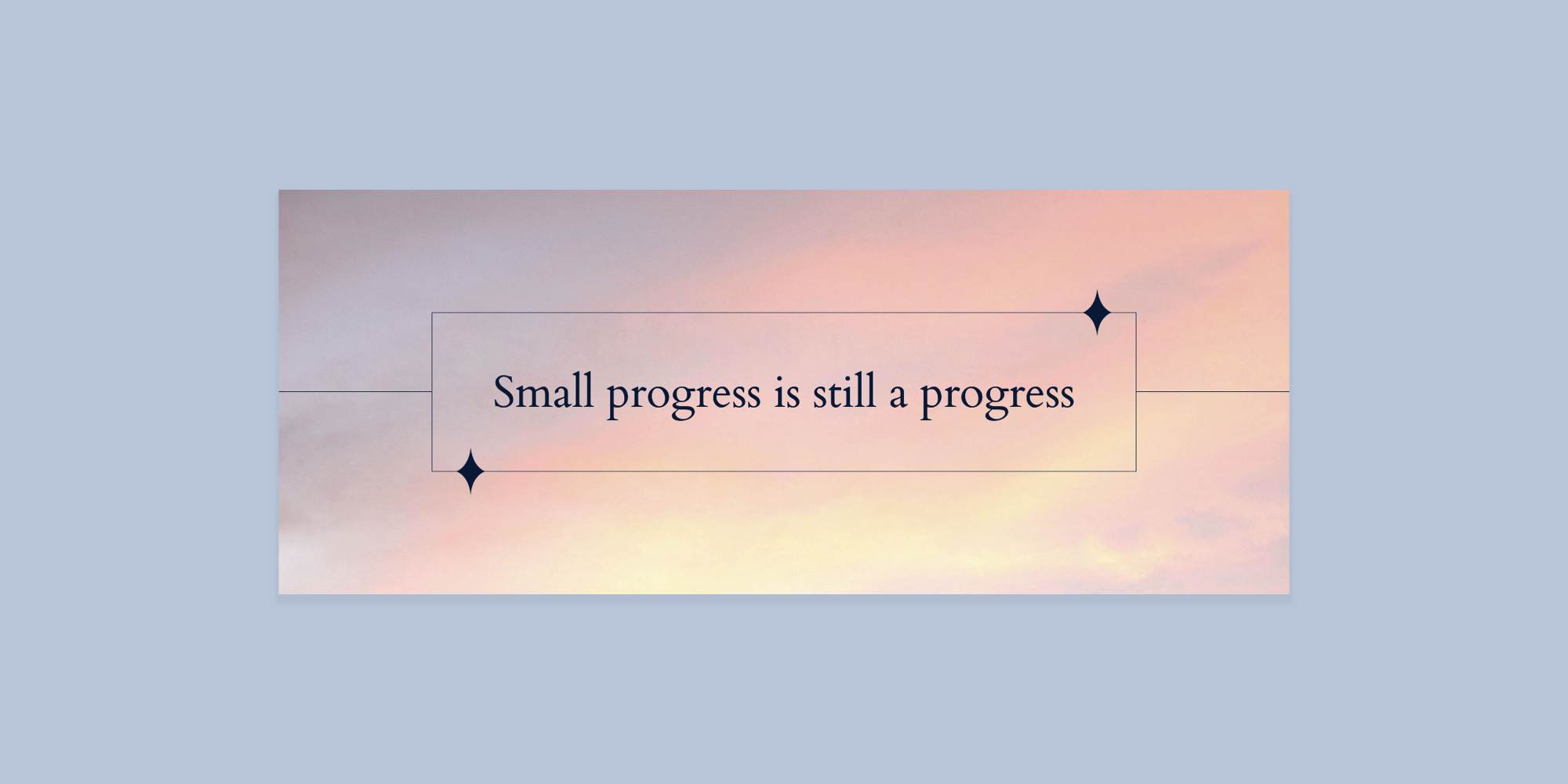
4. Celebrate micro-wins
We’re terrible at celebrating small progress. We wait until the big goal is achieved, but that kills motivation along the way.
Start celebrating:
- The fact that you showed up, even if the work wasn’t perfect.
- Completing one small task without procrastinating.
- Choosing the harder but better option.
- Following through when you didn’t feel like it.
Why celebration matters: Your brain releases dopamine when you acknowledge progress. Dopamine creates motivation for future action. It’s a positive feedback loop.
Action step: At the end of each day, write down 3 small wins. Even tiny ones count. Did you respond to that email you’d been avoiding? Win. Did you choose water over soda? Win.
5. Stack 1% habits on top of each other
Once one tiny habit feels automatic (usually takes 2-4 weeks), you can stack another on top.
This creates a habit chain:
- After I brush my teeth → I’ll do 10 push-ups.
- After I make coffee → I’ll write one sentence.
- After I check my email → I’ll clean off my desk.
Why stacking works: You’re linking new behaviors to existing routines. The existing routine becomes a trigger for the new habit.
The progression:
- Week 1-4: Master habit #1
- Week 5-8: Add habit #2
- Week 9-12: Add habit #3
Action step: Pick one daily routine you already do consistently. Attach a 1% improvement to it. Start tomorrow.
6. Expect setbacks (and have a comeback plan)
Here’s the productivity trap – you miss one day and think you’ve failed completely.
Perfectionism kills progress. The 1% rule isn’t about never missing a day. It’s about getting back on track quickly when you do.
The comeback rule: Never miss twice in a row. This is especially important if you’re a perfectionist who tends to give up after one mistake. Read How to overcome perfectionism and start living authentically for more strategies.
When you miss a day:
- Don’t judge yourself,
- Don’t wait until Monday to restart,
- Do your 1% improvement the next day, even if it’s smaller than usual.
Why this matters: Building the skill of returning to your habits is more important than perfect consistency. Life will interrupt your plans. Your job is to get back on track quickly.
Action step: Decide right now what you’ll do when (not if) you miss a day. Write it down.
7. Apply the rule everywhere
The beauty of 1% improvements is they work in every area of life:
Health:
- Do one set of push-ups daily.
- Eat one piece of fruit with breakfast.
- Take the stairs instead of the elevator.
Career:
- Learn one new thing each day.
- Send one networking email per week.
- Spend 10 minutes organizing your workspace daily.
Relationships:
- Give one genuine compliment daily.
- Put your phone away during conversations.
- Ask one thoughtful question when talking to people.
Finances:
- Save one dollar more than yesterday.
- Read one article about money weekly.
- Track spending for 5 minutes each evening.
Personal growth:
- Write one sentence in a journal.
- Listen to 10 minutes of a podcast while commuting.
- Practice gratitude for one thing before bed.
Action step: Pick 3 life areas where you want to improve. Write down one tiny daily action for each.

Where this really changes everything
Now, this approach works everywhere – but I’ve noticed it hits hardest in a few specific places where people usually struggle the most.
Your daily routines are the foundation. This is where most people try to do too much at once and burn out. Instead of overhauling your entire morning, what if you just woke up 5 minutes earlier this week? Next week, another 5 minutes. Within a month, you’ve naturally built in time for whatever you want – reading, stretching, actually eating breakfast.
I’ve seen people transform their exercise habits this way. Instead of joining a gym and committing to hour-long workouts, they started with a 5-minute walk after lunch. That’s it. No special clothes, no equipment, no gym membership. Just 5 minutes of movement.
Your environment is working against you. Here’s the thing most productivity advice misses – your surroundings have way more power over your behavior than you think. Instead of trying to build superhuman willpower, change one tiny thing in your space.
That phone buzzing every two minutes? Put it in another room while you work. Not on silent – actually in another room. It sounds almost too simple, but that one change can double your focus time. You’re not fighting your brain’s natural impulses anymore; you’re working with them.
Your skills multiply quietly. This is where the real magic happens, but it’s also the most invisible. Spending just 10 minutes a day practicing something important for you doesn’t feel like much in the moment. But after a few months, you’re noticeably better. After a year, you’re operating at a completely different level.
Think about personal growth. Instead of waiting for a life crisis or trying to completely reinvent yourself, what if you just spent 5 minutes daily on becoming better? Not perfect minutes – just intentional ones. Most days you’ll probably go longer once you start, but the minimum is just 5 minutes. That’s less time than scrolling social media.
Maybe it’s reading one page of a book that challenges your thinking. Maybe it’s writing three things you’re grateful for. Maybe it’s practicing one small act of self-compassion when your inner critic shows up. Maybe it’s learning one new thing about a topic that interests you.
Within months, growth becomes a natural part of who you are – not because you had some massive awakening, but because you consistently chose to invest in yourself. You start noticing patterns in your behavior you never saw before. You catch yourself reacting differently to stress. You find yourself naturally curious about things that used to intimidate you.
The magic isn’t in the 5 minutes. It’s in proving to yourself, day after day, that you’re someone who prioritizes growth. That identity shift changes everything.
Simple ways to start today
The beauty of the 1% productivity approach is that you can start anywhere. Here’s a simple framework you can apply to any area of your life:
Step 1: Pick your area
Choose one thing you want to improve – your health, relationships, career, mindset, creativity, whatever matters to you right now. Not five things. One.
Step 2: Make it ridiculously small
Ask yourself: “What’s the smallest possible step I could take in this area?” Then make it even smaller. If you want to exercise, don’t commit to the gym – commit to putting on workout clothes. If you want to be kinder to yourself, don’t overhaul your entire mindset – just catch one critical thought and reframe it.
Step 3: Attach it to something you already do
Link your tiny improvement to an existing habit. After I brush my teeth, I’ll do this. After I make coffee, I’ll do that. Your brain already has the first habit wired in, so it becomes a natural trigger for the new one.
Step 4: Track it simply Mark an X on a calendar when you complete your action. Don’t overcomplicate it with apps or elaborate systems. Just a simple visual reminder that you showed up.
Step 5: Focus on the comeback, not perfection
When you miss a day (and you will), don’t wait until Monday to restart. Get back on track the next day. The skill of returning to your habits quickly is more valuable than never missing in the first place. This framework works for any area of life. For specific daily habits that build discipline, see Best daily habits to build self-discipline: Simple steps to start today.
Whether you’re trying to build confidence, find your passion, improve your relationships, get organized, or just treat yourself better – this same framework works. The magic isn’t in the framework itself. It’s in proving to yourself, day after day, that you’re someone who follows through on commitments to yourself. That identity shift changes everything.
Start today. Pick one area. Make it tiny. Do it consistently. Watch how small changes create the biggest transformations.
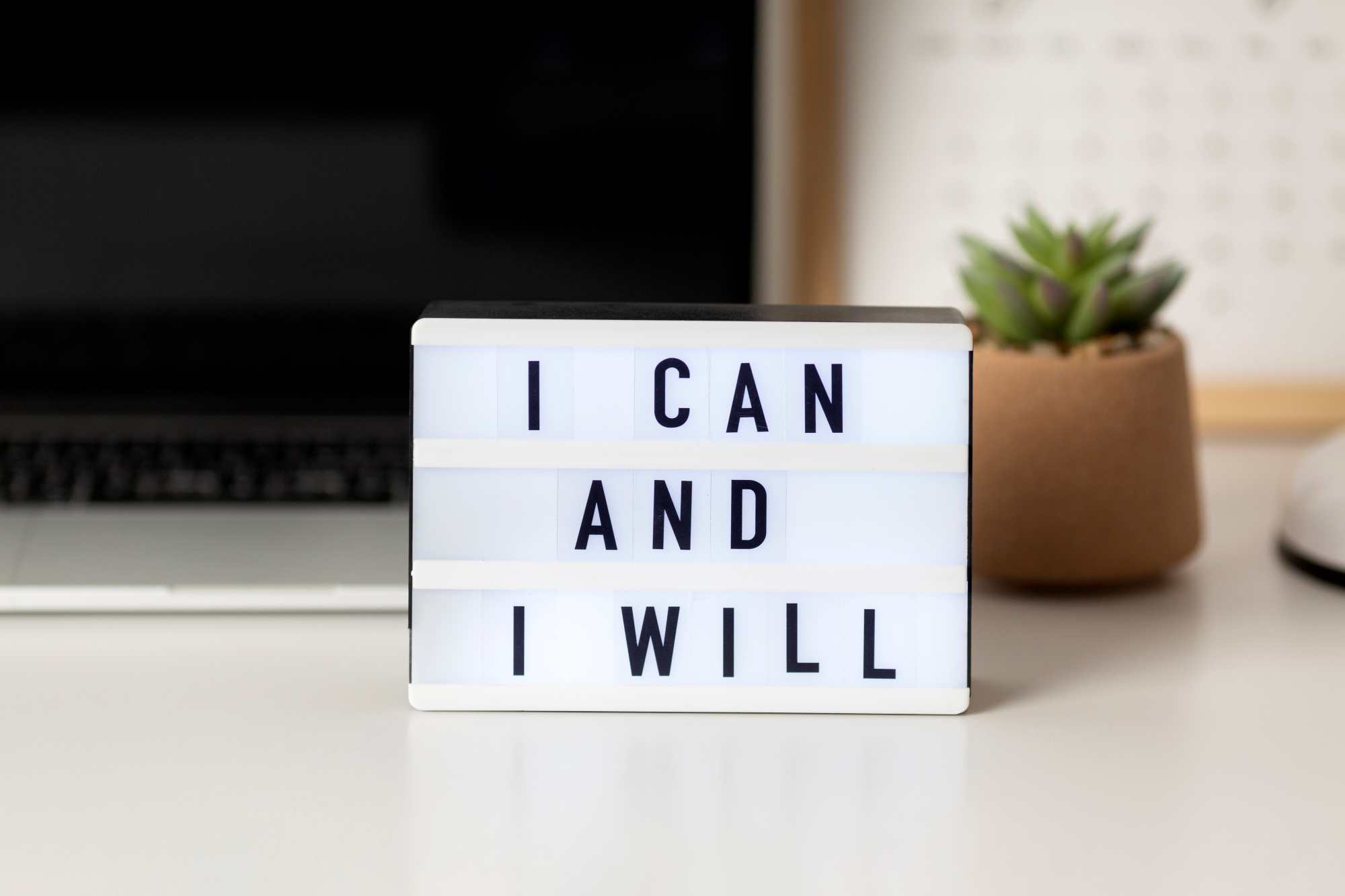
Common mistakes that kill your progress
Mistake 1: Starting too big
What it looks like: “I’m going to exercise for an hour every day.”
Why it fails: Your brain resists dramatic change.
The fix: Start with 5 minutes of movement.
Mistake 2: Trying to change everything at once
What it looks like: “I’m going to wake up early, eat healthy, exercise, meditate, and read every day.”
Why it fails: You’re trying to juggle too much at once.
The fix: Master one habit before adding another.
Mistake 3: Focusing on outcomes instead of process
What it looks like: Getting frustrated when you don’t see results after a week.
Why it fails: Compounding takes time to become visible.
The fix: Celebrate consistency, trust the process.
Mistake 4: Perfectionism
What it looks like: “I missed two days so I’ve failed.”
Why it fails: All-or-nothing thinking leads to quitting.
The fix: Focus on getting back on track, not perfect streaks.
Mistake 5: Not tracking progress
What it looks like: Hoping you’ll remember to do your habits.
Why it fails: What gets measured gets managed.
The fix: Use a simple calendar or app to track daily completion.
The truth about lasting change
You don’t need to wait for motivation to strike. You don’t need to find your passion. You don’t need perfect conditions.
You just need to start embarrassingly small and stay consistent.
The 1% productivity rule works because it removes the barriers that keep you stuck:
- Too overwhelming? Make it smaller.
- No time? Find 2 minutes.
- Not motivated? Do it anyway, but make it tiny.
- Perfectionism? Good enough is good enough.
Your future self isn’t built on the days you feel motivated. It’s built on the days you don’t feel like it but show up anyway.
The question isn’t whether you can change. You’re changing every day. The question is whether you’re directing that change or letting it happen to you.
The 1% rule isn’t flashy. It doesn’t make for dramatic before-and-after stories. It works quietly, building strength day by day without drawing attention to itself.
But if you’re tired of productivity approaches that start with a bang and end with a whimper, this offers something different. It’s sustainable. It’s realistic. And most importantly, it actually works.
You don’t need to revolutionize your entire productivity system overnight. You just need to make it 1% better today. And then again tomorrow. And the next day.
Small changes, consistently applied, create exceptional results.
What’s your 1% improvement going to be today?
Your transformation begins with one small choice today.
Ready to go deeper? Our workbooks use this same gentle, 1% approach to help you build self-compassion, confidence, and lasting change. Start with small daily actions that create massive transformation over time.




